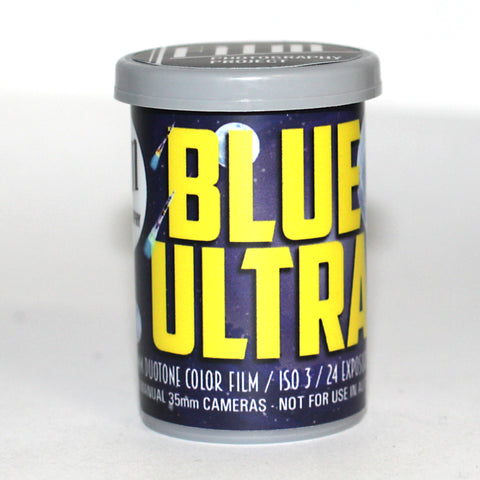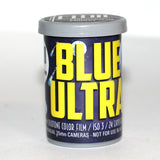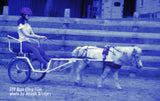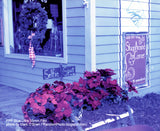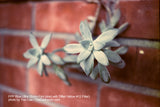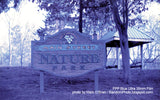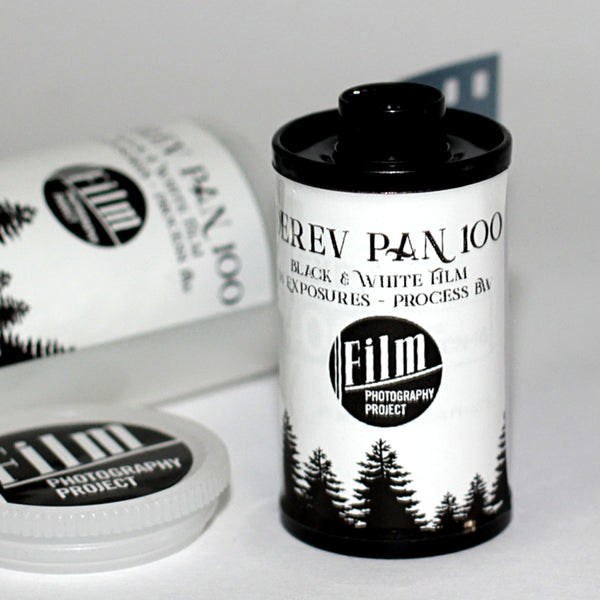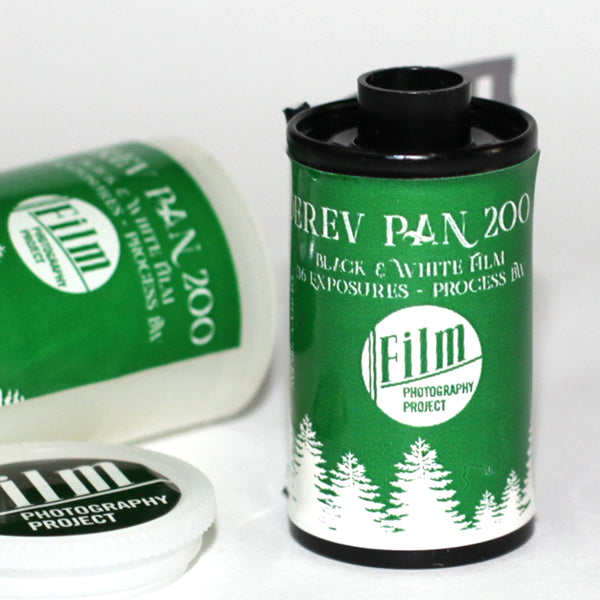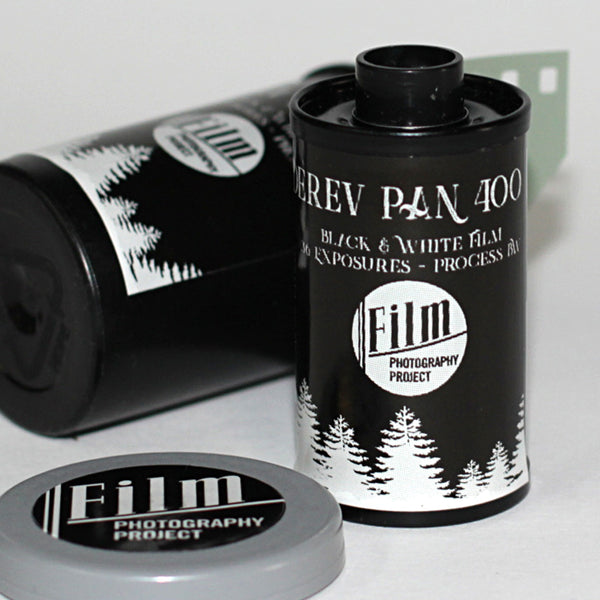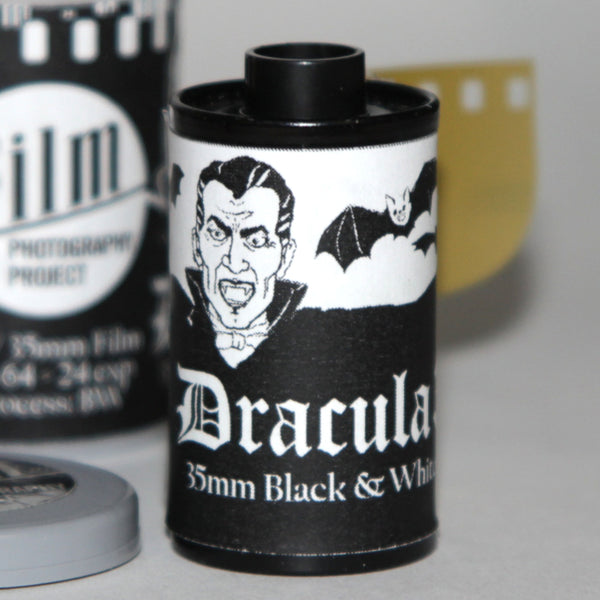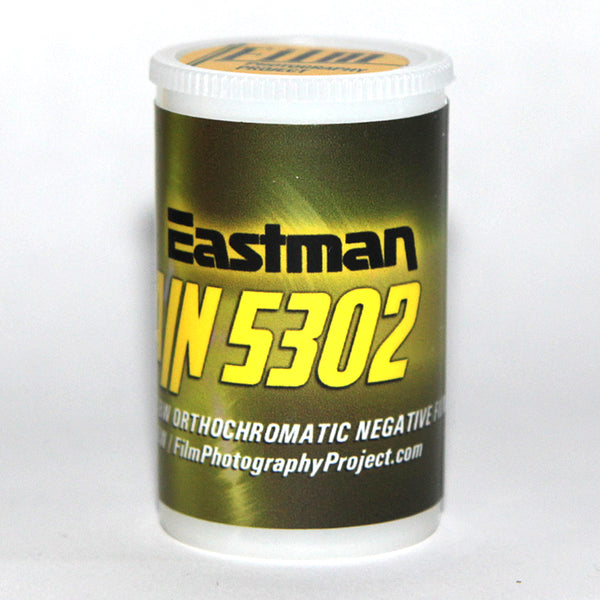35mm Color - FPP BLUE ULTRA COLOR (1 roll)
FPP Blue Ultra 35mm Film
24 exp / ISO 3 / Process: C-41 / No DX-Code
FPP Blue Ultra 35mm is an extraordinary color film that produces soft blue / violet hued images with reds that POP, lending your photos a one-of-a-kind, out-of-this-world look.
With an iso of 3, FPP Blue Ultra is recommended for daylight and brightly lit studio settings, and can be used in all manual 35mm cameras.
FPP Blue Ultra 35mm is not recommended for plastic or point-and-shoot cameras due to the ultra-low iso.
Quick Tips for FPP Blue Ultra
- Shoot in broad daylight
- Shoot red subjects - Reds will "pop in your photos
- Use a manual 35mm camera and use a light meter app for ISO 3 film
- Don't have a meter? Shoot 1/60th at f2.8 in broad daylight

How do I meter for iso 3?
You must dial the iso manually into your camera or meter. If your camera can't be set to iso 3, you can dial in iso 25 then open up 3 more f-stops.
What is FPP BLUE ULTRA?
This special film is a Estar emulsion lab film that's intended for making contact prints in motion picture post production. When using in your 35mm camera to shoot pictorials, this film will produce a film negative and soft, blue/violet colors.
How do I process FPP Blue Ultra?
Standard C-41 Processing! There is no rem jet associated with this film and can be self-developed at home (in the FPP C-41 Negative Development Kits). This film can also be commercially processed by The Darkroom and other commercial labs that process C-41 films.
Is it Daylight or Tungsten (Studio Light) Balanced?
This film is neither Daylight or Tungsten! Since this film was not manufactured for in-camera use, colors may shift depending on the color balance of the light. See photo examples on this page.
Is there an anti-halation layer?
This film does not appear to have a standard anti-halation layer. It does have an Anti-Static Layer - the anti-static layer remains with the film after processing, eliminating the electrostatic attraction of dirt particles to the processed film, even at relatively low humidity. A very thin polymeric backing layer coated on top of the anti-static layer provides improved resistance to back-side scratches, cinch marks, and abrasion of both raw stock and processed film. The backing layer also contains process-surviving lubricant and matte to optimize winding and transport characteristics.

